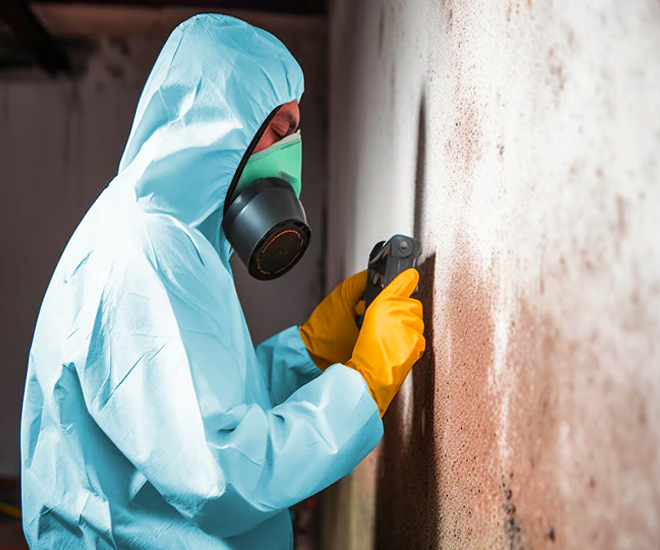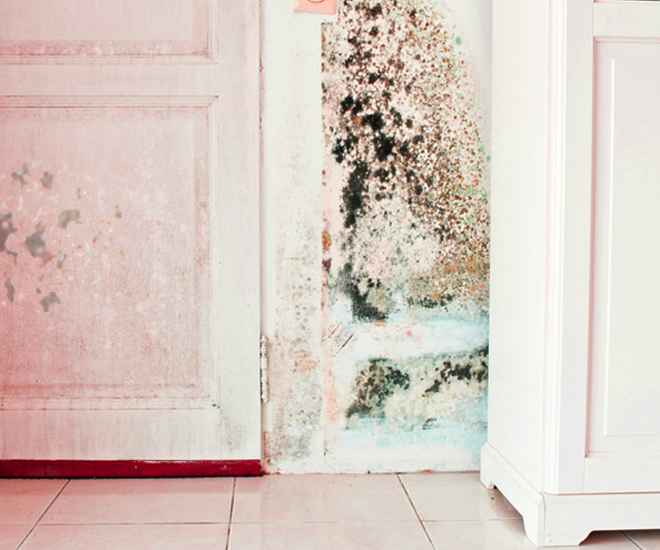Testing Air Quality After Mold Remediation
Testing Air Quality After Mold Remediation
Blog Article
Effective Article Mold Remediation Solutions for Your Home
Mold development in homes can be a relentless problem, typically needing a systematic strategy for effective post-remediation solutions. From comprehending the variables that contribute to mold development to executing appropriate cleansing strategies and dampness control actions, the process can be elaborate yet crucial for preserving a healthy and balanced living environment. testing air quality after mold remediation.
Recognizing Mold And Mildew Development Variables
The primary variable adding to mold development is dampness. Mold and mildew spores require wetness to sprout and flourish, making wet or humid settings highly vulnerable to mold and mildew problems.

Moreover, airflow and light exposure can influence mold development. Locations that do not have proper ventilation and natural light are extra vulnerable to mold and mildew advancement. By resolving these variables adequately, individuals can successfully mitigate mold and mildew growth and safeguard their living atmospheres.
Appropriate Mold Cleansing Strategies
Making use of efficient cleansing techniques is important in addressing and avoiding the recurrence of mold contamination in interior settings. The very first action in appropriate mold cleansing is to have the affected location to avoid the spread of spores to uncontaminated locations.

Carrying Out Moisture Control Measures
To efficiently protect against mold and mildew development and contamination in interior settings, implementing wetness control measures is critical. Wetness is the key factor that fuels mold and mildew advancement, making it vital to take care of moisture degrees within the home. One efficient action is to make use of dehumidifiers to keep interior moisture levels listed below 60%. In addition, guaranteeing proper air flow in locations prone to moisture build-up, such as shower rooms and cooking areas, can help in reducing the threat of mold and mildew development. Frequently inspecting and fixing any kind of leakages in plumbing, roofing systems, or windows is additionally vital in stopping excess dampness build-up. Utilizing exhaust followers while cooking or bathing, and permitting air flow by keeping furniture a little far from wall surfaces can help in dampness control. try here Making use of moisture-resistant products in high-humidity locations, such as mold-resistant drywall and paints, can be helpful. By diligently applying these dampness control actions, house owners can efficiently minimize the probability of mold and mildew recontamination and maintain a healthy and balanced indoor environment.
Utilizing All-natural Removal Solutions
After efficiently applying wetness control procedures to avoid mold development in indoor environments, homeowners can currently check out the effectiveness of all-natural removal services in keeping a healthy living room. Natural remediation solutions utilize eco friendly techniques to combat mold and mildew and mildew, making them a preferred option for those seeking safe options. By including these natural removal services right into their cleansing regimens, property owners can effectively deal with mold and mildew development while promoting a much healthier interior atmosphere for themselves and their households.

Keeping a Mold-Free Environment
In order to stop mold and mildew reoccurrence and make certain a regularly mold-free setting, it is necessary for property owners to apply positive upkeep methods. Routinely checking locations prone to mold growth, such as shower rooms, attics, cooking areas, and cellars, is crucial. Attending to any type of leakages, water damage, or excess moisture quickly can substantially lower the danger of mold development. Post Remediation verification. Appropriate air flow in locations with high moisture levels is also key to stop mold and mildew growth. Utilizing dehumidifiers or exhaust followers can assist keep optimal dampness levels and discourage mold spores from thriving.
Furthermore, maintaining cleanliness in the home is essential for mold avoidance. click over here Maintaining indoor plants in check and making certain proper drain in outside landscape design can decrease moisture build-up, reducing the probability of mold and mildew infestations.
Final Thought
Finally, it is necessary to attend to mold development variables, make use of proper cleaning strategies, execute moisture control actions, use all-natural removal solutions, and keep a mold-free environment in order to properly handle post mold removal in your home - After mold remediation. By following these techniques, you can protect against mold from persisting and ensure a healthy living environment for you and your family
The main aspect contributing to mold development is wetness. Mold and mildew spores call for moisture to flourish and germinate, making moist or moist atmospheres extremely prone to mold invasions.To successfully avoid mold growth and contamination in interior settings, carrying out wetness control steps is paramount. Additionally, making sure appropriate ventilation in locations susceptible to moisture build-up, such as restrooms and kitchen areas, can help lower the threat of mold and mildew development.After effectively implementing moisture control actions to protect against mold and mildew growth in indoor atmospheres, house owners can now discover the efficiency of natural remediation solutions read in keeping a healthy living area.
Report this page